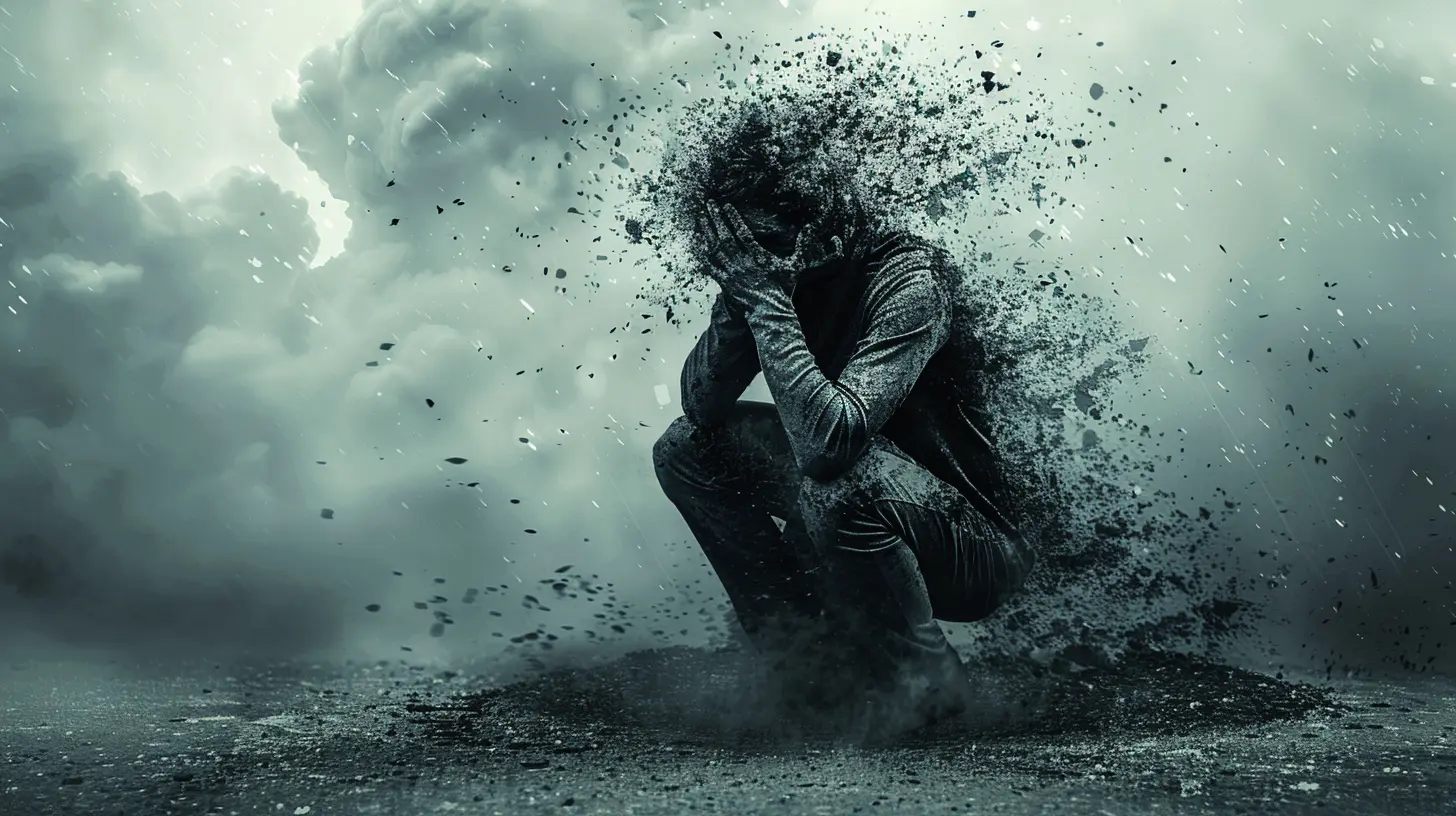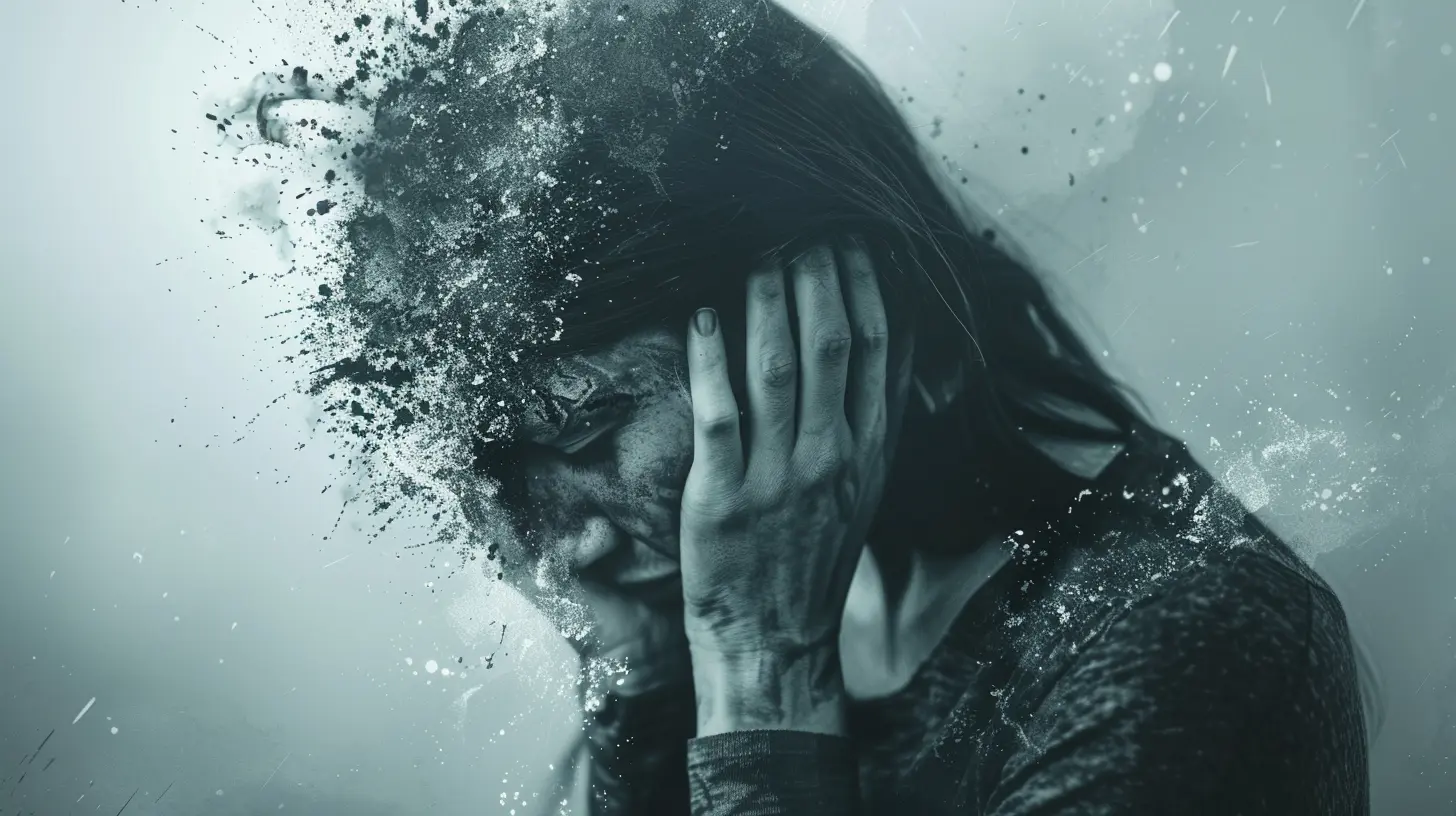How Trauma and Addiction Are Closely Linked
6 October 2025
Have you ever wondered why some people turn to alcohol, drugs, or destructive behaviors during tough times? It's not about weakness or making bad choices. It's deeper than that. There’s a powerful connection between trauma and addiction—one that’s often invisible on the surface but deeply rooted in the human experience.
In this article, we’re going to peel back the layers and talk about how trauma and addiction are closely linked. Not in a textbook way, but in a way that makes sense—human to human.

What Exactly Is Trauma?
Let’s start simple. Trauma isn’t just what happens; it’s how our mind and body respond when we feel overwhelmed, powerless, or unsafe. It might be a one-time event like a car crash or ongoing stress from childhood abuse, bullying, neglect, or even emotional absence.Think of trauma like a deep wound. Even if it’s not visible, it still causes pain—and if it's not treated, it can fester. Sometimes, that wound changes how we see the world, ourselves, and the people around us.
Types of Trauma
Not all trauma is the same. It helps to understand the different flavors it comes in:- Acute trauma: results from a single distressing event.
- Chronic trauma: repeated or prolonged exposure to highly stressful events.
- Complex trauma: involves multiple traumatic experiences, often interpersonal and long-term (like childhood neglect or abuse).
No matter what form it takes, trauma can reshape someone’s emotional and psychological landscape.

Addiction: More Than Just a Bad Habit
Now, let’s talk addiction. Most people think of addiction as poor decision-making or lack of willpower. But here's the thing: addiction is not a character flaw. It’s a coping mechanism—a survival tool gone rogue.Addiction often starts as a way to escape emotional pain. Drugs, alcohol, gambling, food, or even sex can offer temporary relief. But like a band-aid on a bullet wound, it doesn’t heal anything. Instead, it masks the hurt while creating a new set of problems.
So, is addiction a disease? A response to trauma? A bit of both? Well, it's complicated.

The Deep Connection Between Trauma and Addiction
Here’s where things really start to click.Numbing the Pain
Trauma leaves behind emotional debris—shame, fear, anxiety, hypervigilance. When the nervous system is stuck in fight, flight, or freeze mode, the body craves relief. Substances offer that short-term escape.Painkillers don’t just dull physical pain—they numb emotional pain too. Alcohol can quiet the inner critic. Cocaine might create a false sense of control and energy. It’s not that people want to get high—they want to feel normal, even if just for a moment.
The Chemistry of Coping
Trauma actually alters the brain’s structure and chemistry. The amygdala (the fear center) gets hyperactive. The prefrontal cortex (logical thinking) struggles to keep up. And the brain starts craving dopamine—the feel-good chemical.Guess what boosts dopamine? Yep—substances. The brain begins associating drug use with safety or comfort, which reinforces the addiction loop.
It's like trying to put out a fire with gasoline. You want to stop the pain, but the solution creates a new cycle of suffering.
Childhood Trauma and Early Substance Use
This part is heartbreaking. Studies show that kids who experience trauma (like abuse, neglect, or growing up with a parent who’s addicted) are far more likely to struggle with addiction later in life.Why? Because their nervous systems are wired for survival, not calm. Their baseline becomes anxiety, hypervigilance, or numbness. Without proper support, those kids grow into adults still carrying that pain. And many end up reaching for substances just to function.
It’s not a failure—it’s a cry for help.

Self-Medication: The Hidden Driver of Addiction
Have you ever had a drink to unwind after a rough day? Or binged comfort food during heartbreak? That’s self-medication—and it’s so common. But for people with unresolved trauma, self-medicating can spiral into dependency.They don't necessarily want the substance itself. What they want is relief. Peace. A break from the chaos inside.
Unfortunately, the short-term fix becomes a long-term problem, and before long, the substance becomes the central coping strategy.
Trauma-Informed Addiction Treatment: Why It Matters
Here’s the hopeful part.To truly help someone break free from addiction, we have to treat the root cause—not just the symptoms. That means addressing trauma.
Traditional addiction treatments that ignore trauma often fall short. It's like cutting weeds without pulling out the roots—they grow back. But when we approach addiction with compassion, curiosity, and an understanding of trauma, healing becomes possible.
What Is Trauma-Informed Care?
Trauma-informed care isn’t a therapy itself. It’s an approach that recognizes the widespread impact of trauma and ensures that treatment doesn't unintentionally re-traumatize someone.Key principles include:
- Safety: Making people feel physically and emotionally safe
- Trustworthiness: Creating clear boundaries and expectations
- Empowerment: Focusing on strengths and autonomy
- Collaboration: Involving the person in their own healing journey
When people feel seen and respected, they’re more likely to open up…and that’s when real healing starts.
Common Therapies That Help
The beautiful thing is that a lot of therapies can address both trauma and addiction, together.- EMDR (Eye Movement Desensitization and Reprocessing): Helps the brain reprocess traumatic memories
- Somatic Experiencing: Focuses on where trauma is held in the body
- CBT (Cognitive Behavioral Therapy): Targets negative thought patterns
- Group Therapy: Builds connection and reduces isolation
Trauma doesn’t have to define someone’s future. With the right support, people can reclaim their lives.
Why We Need to Talk About This More
Let’s be real—there’s still a lot of stigma around addiction. People are judged. Dismissed. Even criminalized. But if we look deeper, we’ll often find unresolved trauma at the core.And yet, so many people walk around carrying invisible wounds, never realizing that their struggles are valid…understandable…treatable.
By talking openly about the trauma-addiction link, we can break the silence. We can replace shame with compassion, judgment with understanding, and despair with hope.
Healing Is Messy…And Brave
Recovery isn’t linear. It’s not a magical before-and-after transformation. It’s more like a messy, winding path filled with setbacks and victories.But here's the truth: healing is possible. Even if the trauma runs deep. Even if the addiction has lasted years.
It starts with awareness. Then honesty. Then asking for help.
If you're someone navigating this journey, please know this—you’re not broken. You’re human. And that in itself is enough.
How to Support Someone Dealing With Trauma and Addiction
Sometimes, the best thing we can do for someone is to simply show up.- Listen without trying to fix
- Avoid judgment or unsolicited advice
- Encourage professional support
- Learn about trauma and addiction so you can better understand their experience
- Take care of yourself too—supporting someone in pain can be emotionally draining
Support doesn't have to be perfect. It just has to be real.
Final Thoughts: There’s Hope
At the heart of it, the connection between trauma and addiction tells a story—not of failure, but of resilience. People use substances not because they enjoy chaos, but because they’re trying to survive pain that feels unbearable.The good news? Healing is possible. With trauma-informed care, loving support, and a whole lot of courage, people can break free from the cycle and rediscover who they truly are.
So let’s keep talking about it. Let’s open the doors. Because every story of pain is also a story of strength. And no one deserves to walk that road alone.
all images in this post were generated using AI tools
Category:
AddictionAuthor:

Gloria McVicar
Discussion
rate this article
1 comments
Layne Newton
Thank you for shedding light on this important connection. Understanding the link between trauma and addiction is vital for healing.
October 22, 2025 at 4:19 AM

Gloria McVicar
You're welcome! I'm glad you found the article helpful in understanding this crucial relationship. Healing begins with awareness.


